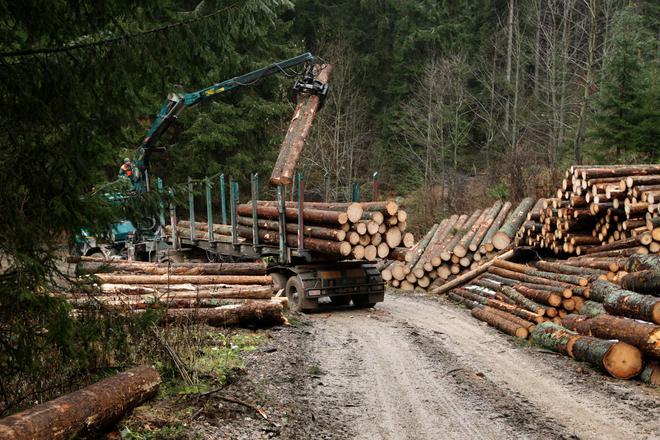“Imagine that you’re approached by an old man from a small village who wants to buy some square timber. And you have to tell him that they cost €300 [per cubic metre – ed. note]. The price is extremely high, but it’s the new reality,” said Pavel Škoda, sales director of the Strojbal company, located near Žarnovica in central Slovakia.
Wood prices have gone wild, he said. His experience is not rare; it reflects a new reality in which wood is the new bitcoin. People from the wood-processing industry addressed by the Index economic magazine say that the wood market has literally “gone mad.”
The problem particularly concerns soft conifer wood, like spruce, fir and pine, which is lacking on the market. Its prices have gone up by 20-60 percent year-on-year, depending on the type of processing.
There are several reasons behind this trend – a strong demand for wood from the USA and China, the effect of climate change (resulting in spruce trees disappearing from forests in our climate areas), and the business strategy of Slovakia’s two dominant sawmills.
Smaller mills are talking about the threats this situation poses to their business, as they cannot obtain sufficient amounts of wood, while the factories using wood to manufacture a final product have to inform their customers about the new, higher prices of wooden buildings, holiday cottages, gazebos, shelters or traditional pallets once a fortnight.


